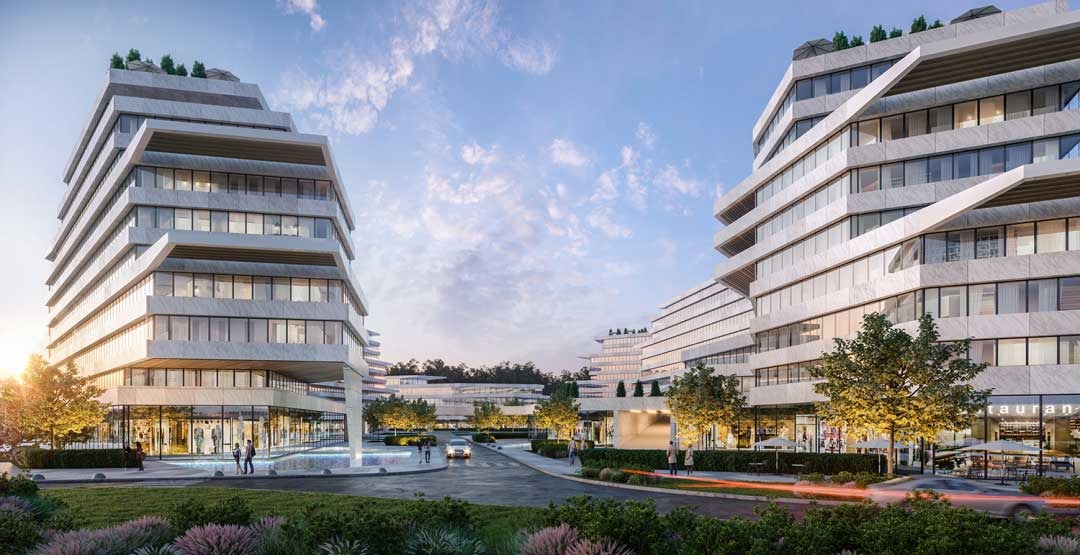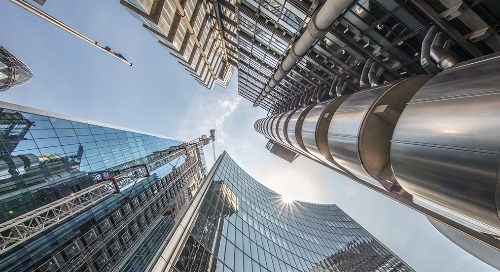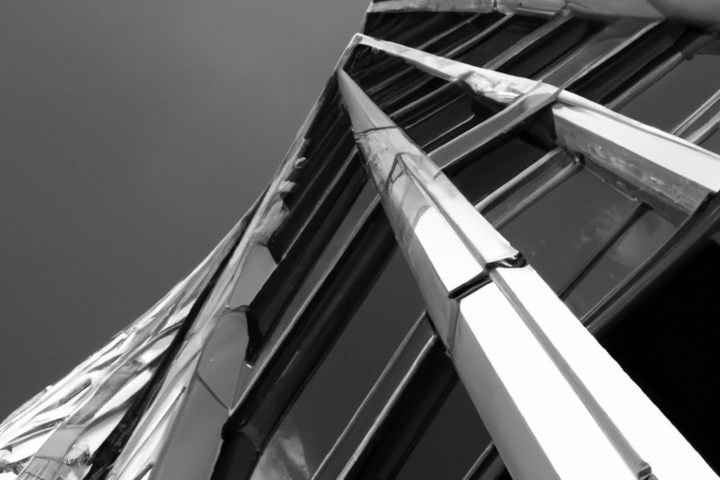
The Rise of Smart Cities
Title: – The Rise of Smart Cities, how technology is shaping Architecture
Our urban landscapes are changing dramatically in the 21st century. The addition of sophisticated technologies to our urban fabric has resulted in what we now call “smart cities.” These cities are implementing innovation across a variety of areas to improve residents’ productivity, sustainability, and overall quality of life. At the centre of this transformation is urban architecture, which is the physical manifestation of a smart city. In this blog, we explore how technology is shaping urban architecture and enhancing our built environment.

Integrating technology into urban planning
One of the defining characteristics of smart cities is the seamless integration of technology into every aspect of urban life. This integration begins in urban planning and architecture. Architects and urban planners are increasingly incorporating smart technologies into their designs to create an efficient and functional built environment. For example, buildings equipped with sensors and actuators can change their temperature, lighting, and other environmental factors based on population density and weather conditions not only This increases the comfort of the occupants rather it also reduces energy consumption and carbon emissions.
Data-driven decision making
Data is the lifeblood of decision-making in smart cities. Urban architects use data analytics to gain insights into how people interact with their environments and to inform design choices. For example, by analysing data from pedestrian routes, architects can optimize the layout of public spaces to improve accessibility and flow
Similarly, data on air quality and noise levels can inform decisions about building materials and urban greenery to improve the overall health and well-being of urban residents durability and flexibility The need to address climate change and build more resilient cities has led to a greater emphasis on sustainable urban architecture.

Smart technologies play a key role in enabling architects to design buildings and infrastructure with minimal impact on infrastructure and the environment. For example, green building practices such as passive solar energy, rainwater harvesting, and rooftop gardens are increasingly incorporated into urban construction to reduce energy consumption and mitigate urban heat island effects. increased connectivity and mobility Smart cities prioritize connectivity and mobility by ensuring efficiency of mobility and connectivity. Urban architects design buildings and infrastructure that support these goals by integrating technology-driven solutions.
For example, the rise of electrification and autonomous vehicles requires the construction of integrated charging stations and dedicated parking areas as well as a proliferation of mobile devices and IoT sensors architects for remote monitoring and control and other smart city applications to improve wireless. for connected buildings
challenges and considerations
While the rise of smart cities offers exciting opportunities for urban architecture, this presents challenges and considerations that need to be addressed. Privacy and security concerns, for example, lead to the collection and analysis of vast amounts of data on urban residents and their activities. Architects must carefully balance the benefits of smart technology with the need to protect their personal autonomy and data integrity.
Furthermore, the digital divide can exacerbate inequalities in smart cities, as not all residents have equal access to technology and its benefits. Architects need to consider how their designs can be inclusive and accessible to all communities.
Looking ahead

As technology advances rapidly, the future of urban architecture in smart cities holds great promise. From smart buildings that adapt to the needs of their occupants, to connected urban ecosystems that maximize sustainability and resilience, the possibilities is infinite
But realizing this vision will require collaboration and innovation across disciplines, as well as a commitment to creating cities that put the well-being of their residents and the planet first by harnessing the power of technology and taking a holistic approach adoption of urban planning , and relief



